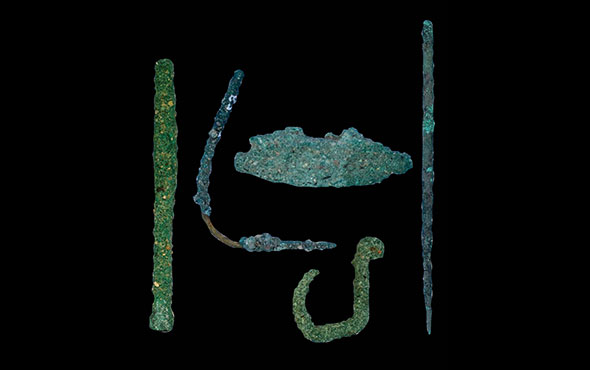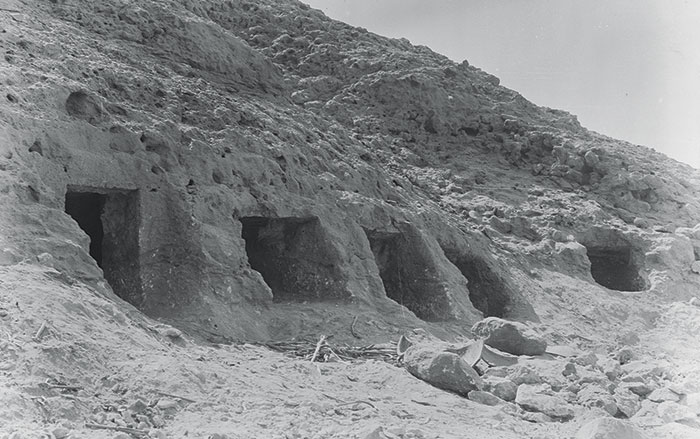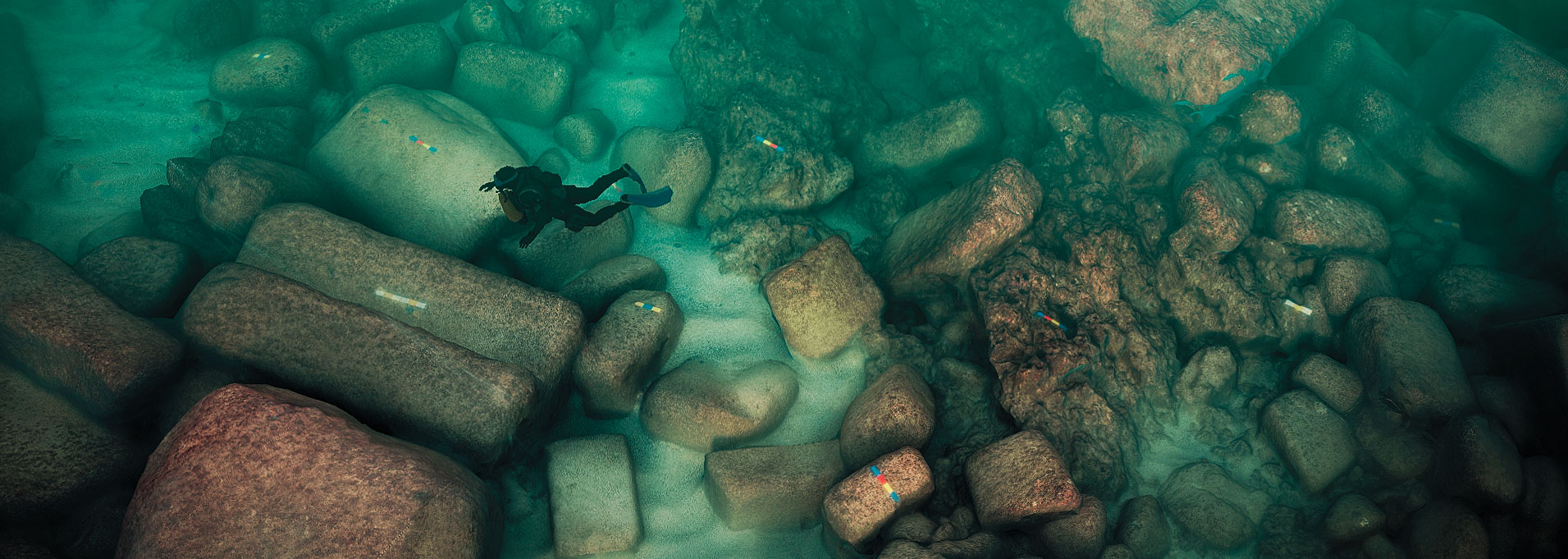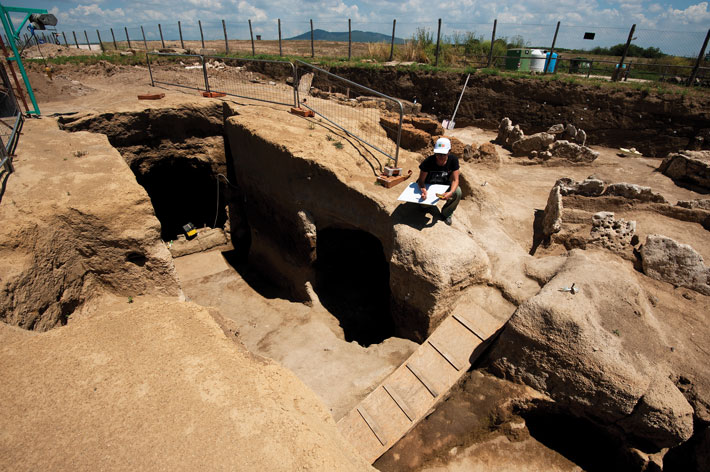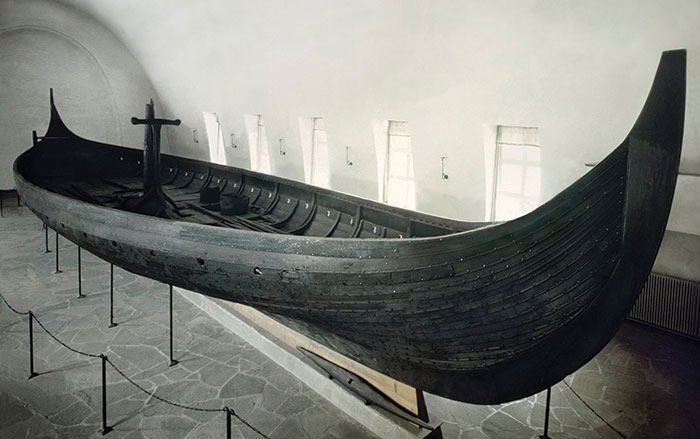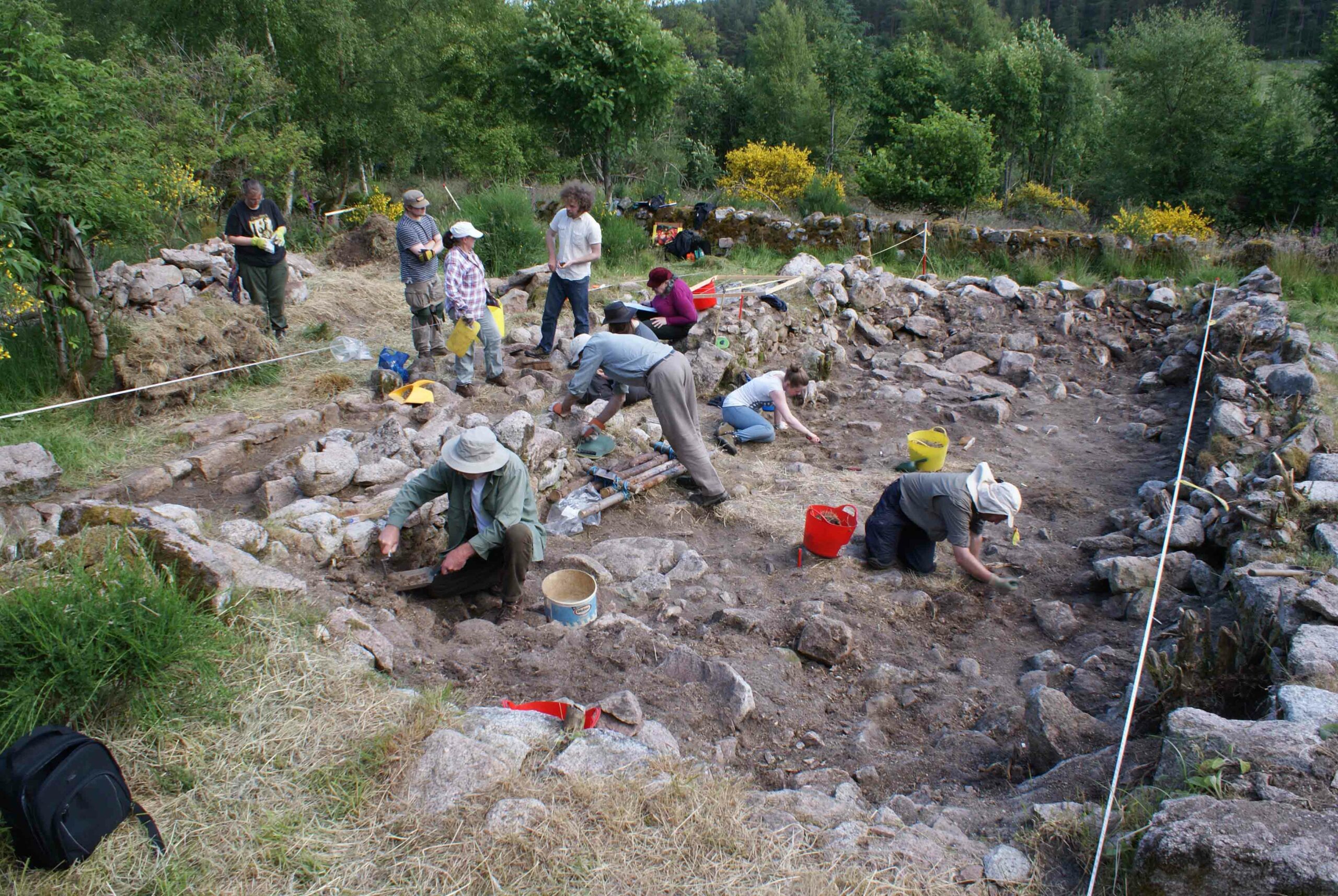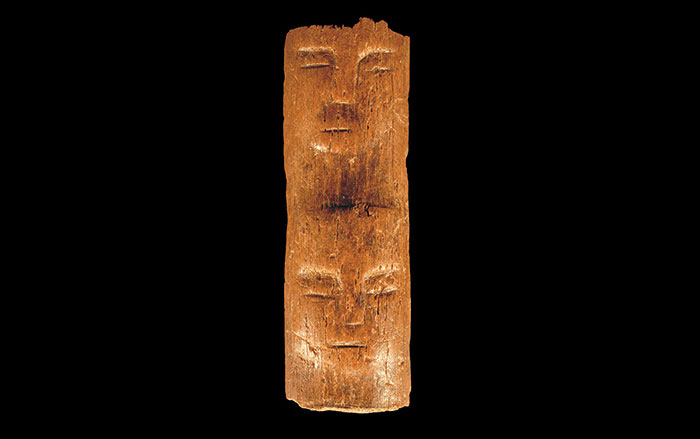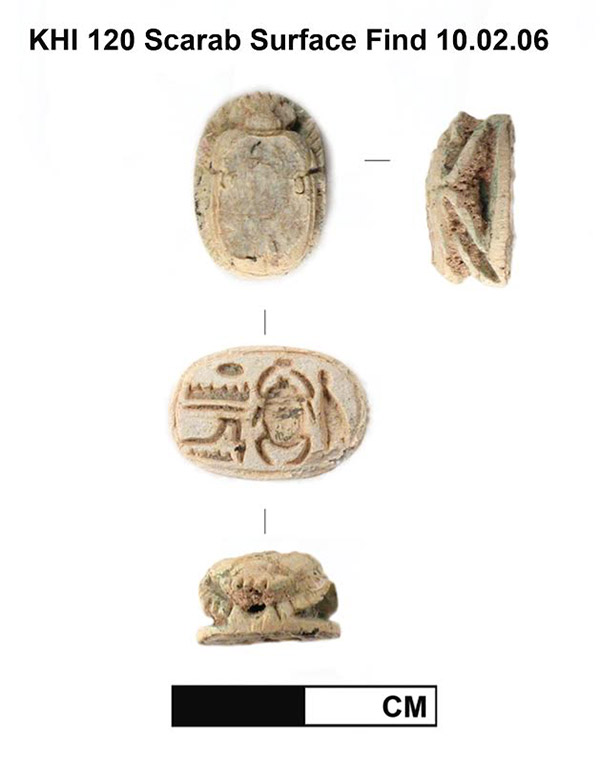
SAN DIEGO, CALIFORNIA—Scholars from the University of San Diego discovered an Egyptian scarab bearing the name of the Egyptian pharaoh Sheshonq I on the surface of the ground at Khirbat Hamra Ifdan, an ancient copper factory in southern Jordan’s Faynan district. “Most of the time, they were amulets, sometimes jewelry, and periodically, they were inscribed for use as personal or administrative seals. We think this is the case with the Sheshonq I scarab we found,” Thomas E. Levy of the University of California, San Diego, told Live Science. The scarab may have been lost during the pharaoh’s legendary military campaign in the region 3,000 years ago, which is mentioned in inscriptions at the Karnak temple complex in Thebes. Sheshonq I may also be represented in the Hebrew Bible as the Egyptian king “Shishak.” Levy and his team had previously identified a disruption in copper production in the Faynan district with the excavation of rock layers in the area of an ancient copper slag mound at Khirbat en-Nahas that were dated with high-precision radiocarbon dates. “The scarab we found that bears Sheshonq I’s name is the first time we can definitively link the disruption to his forces,” Levy announced. To read about an important settlement in Israel that was occupied during the Bronze Age, see ARCHAEOLOGY's "Excavating Tel Kedesh."



